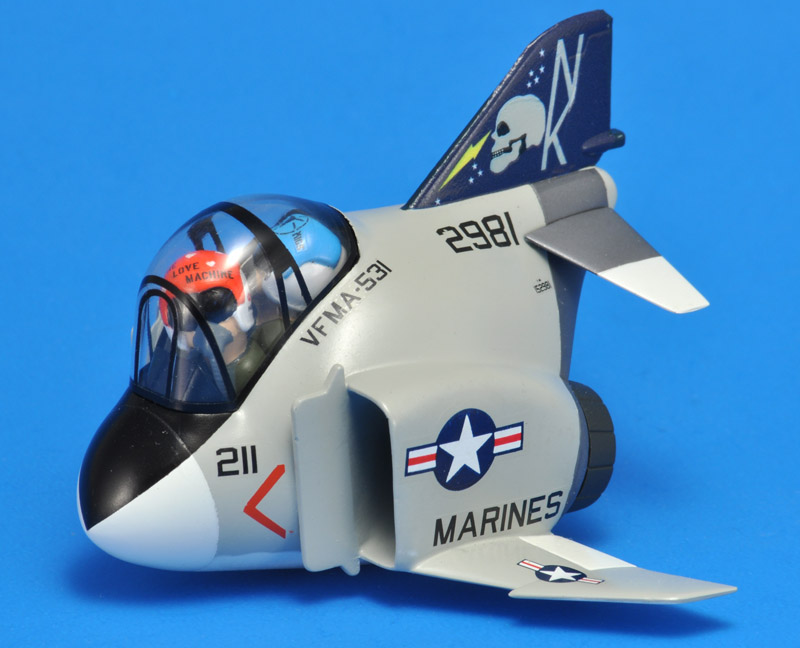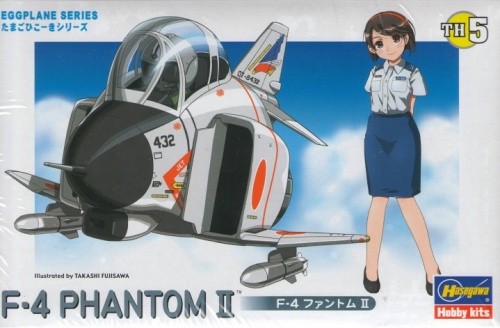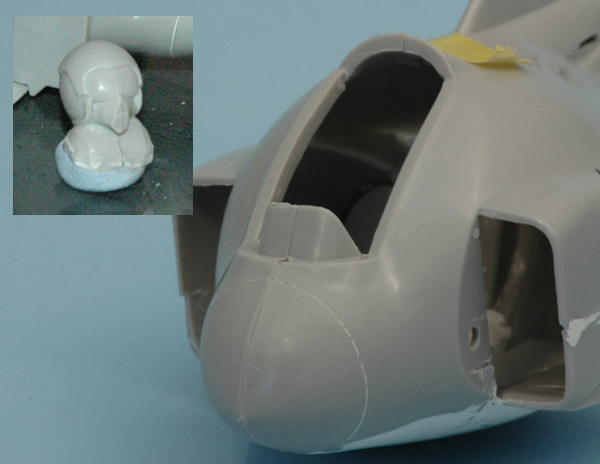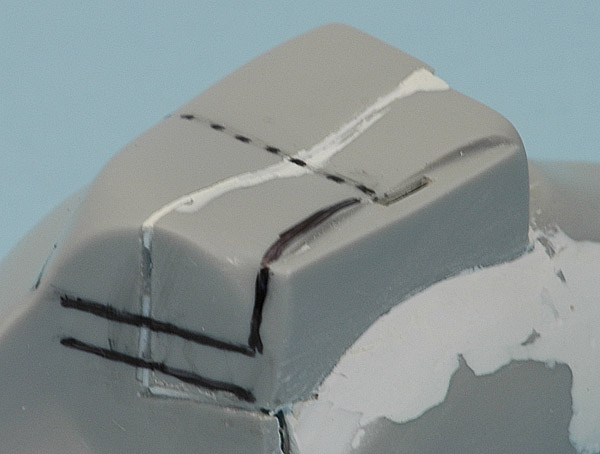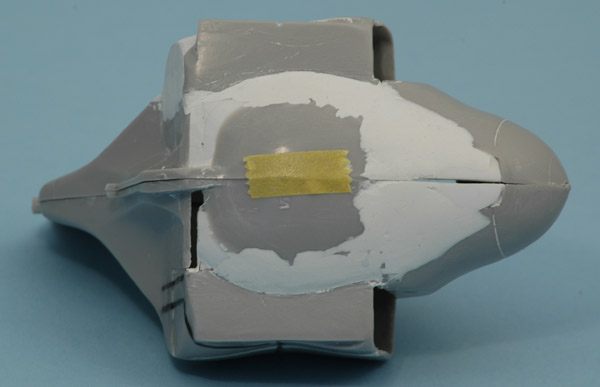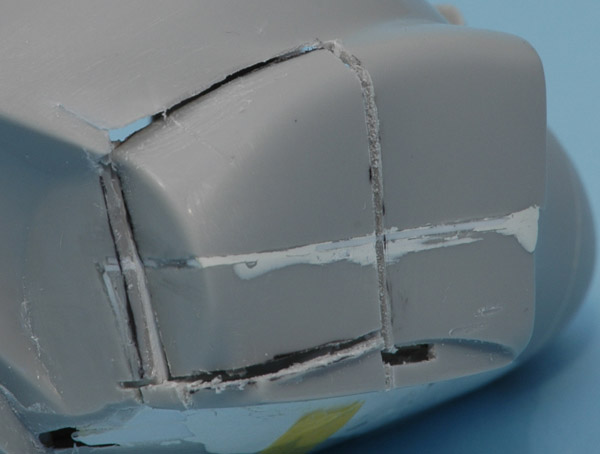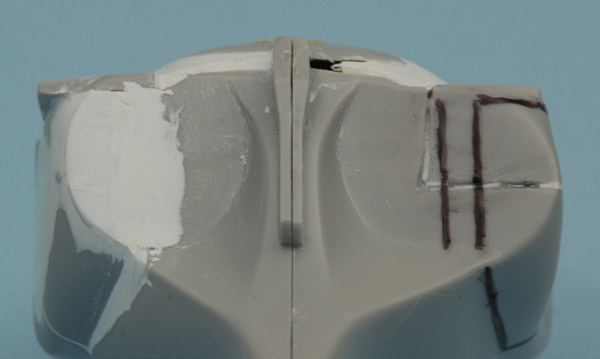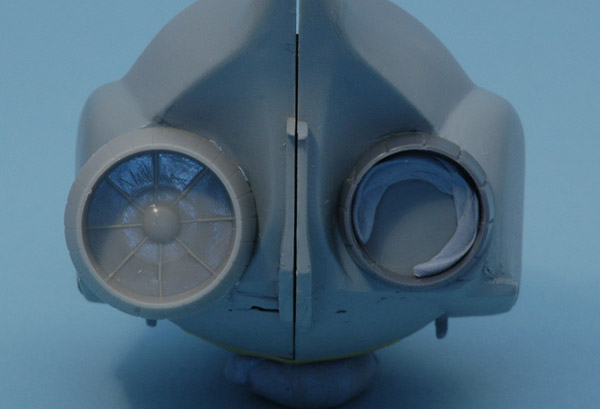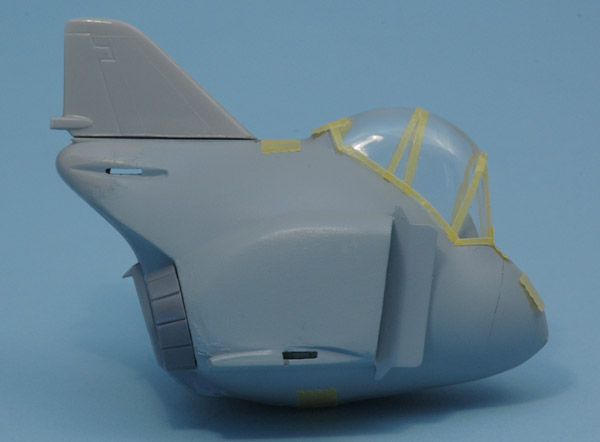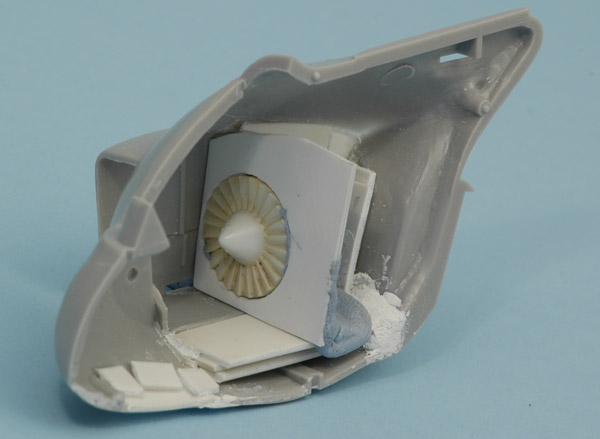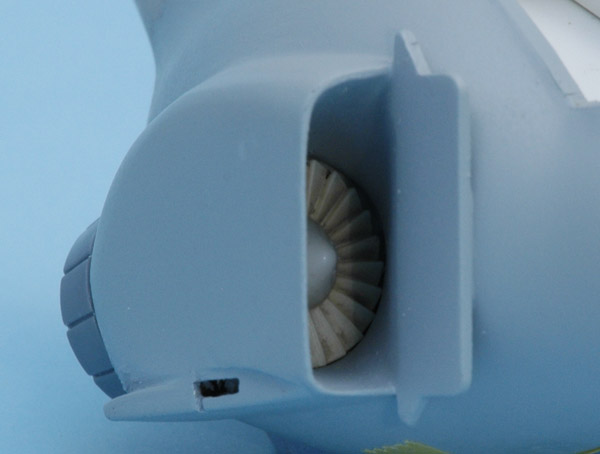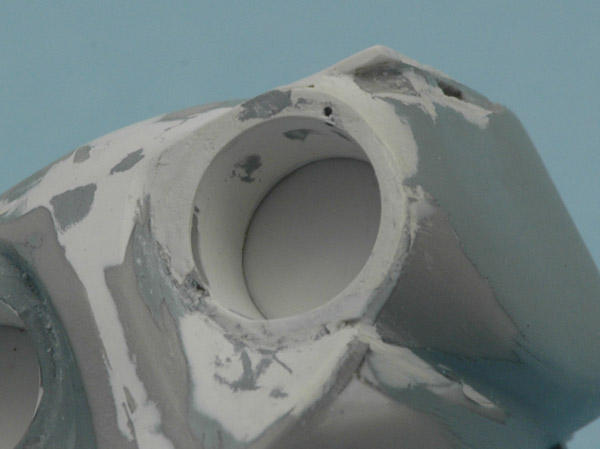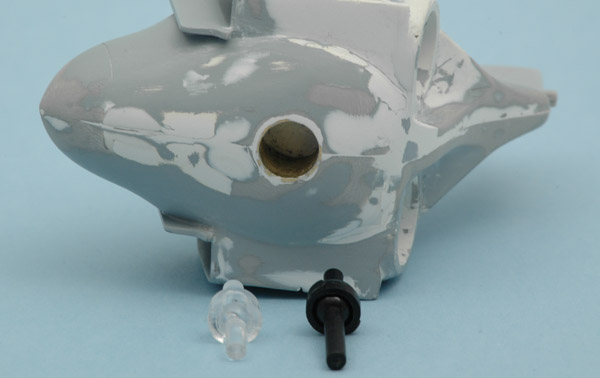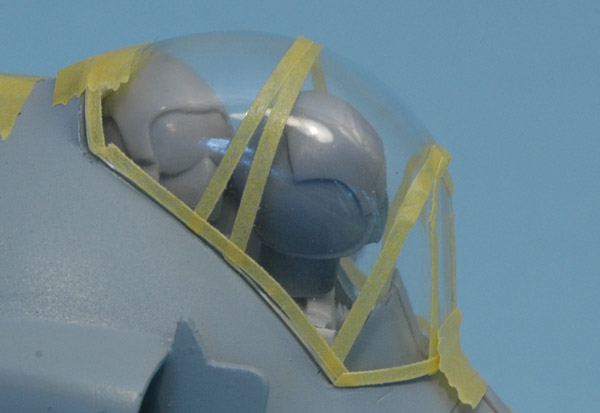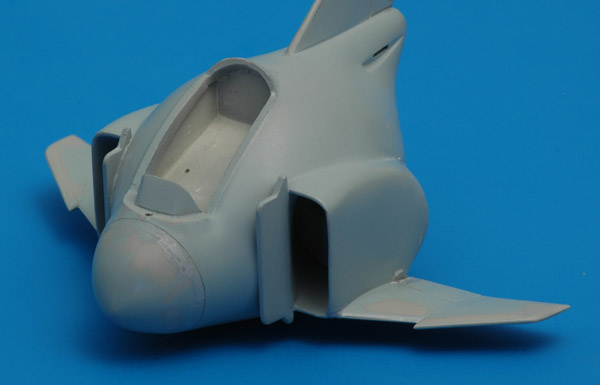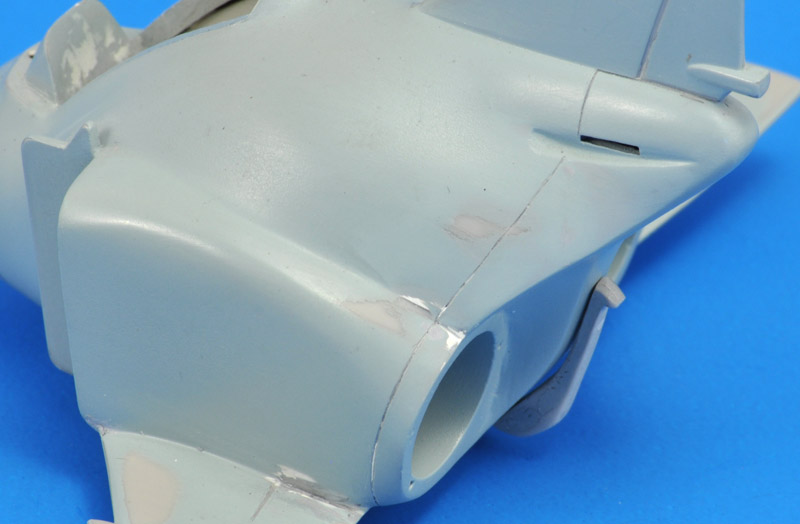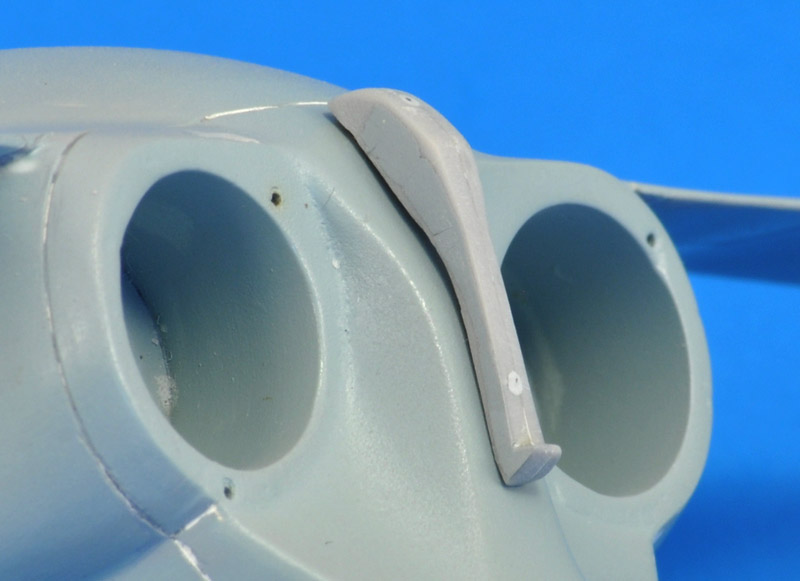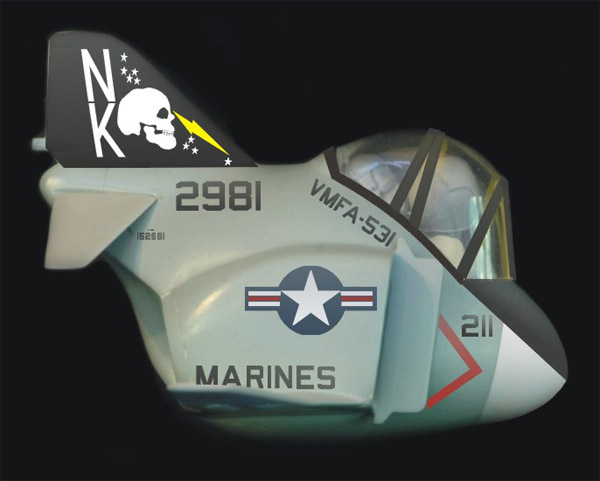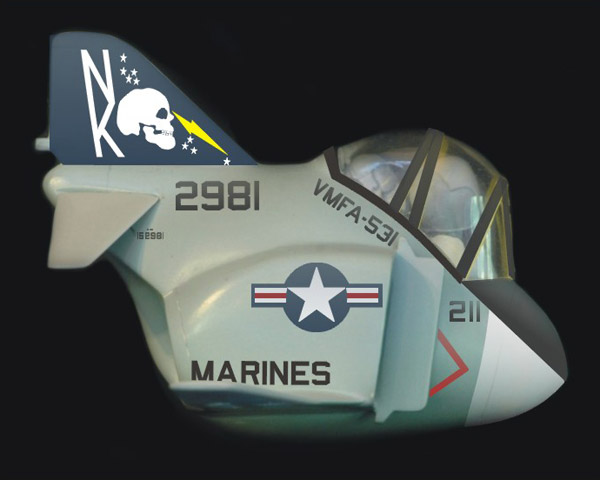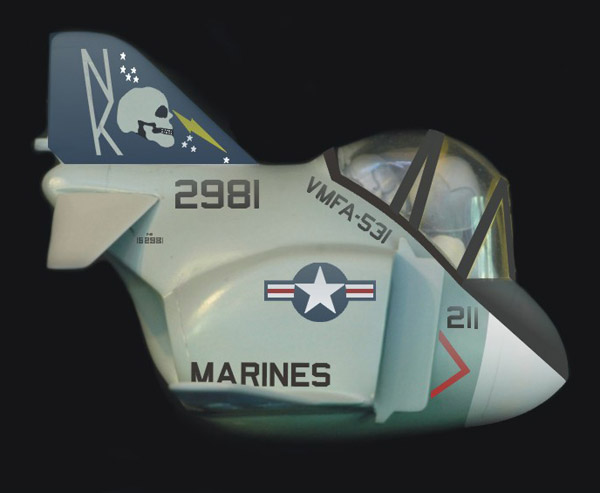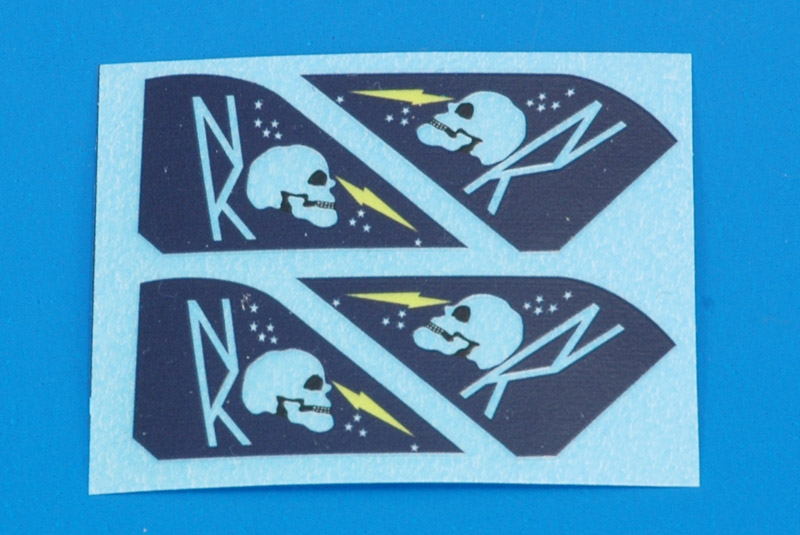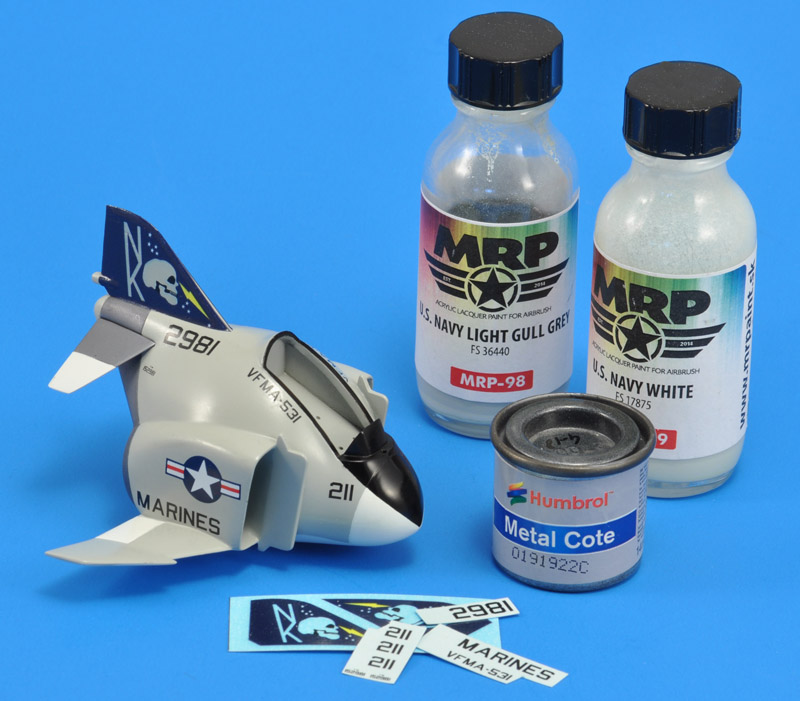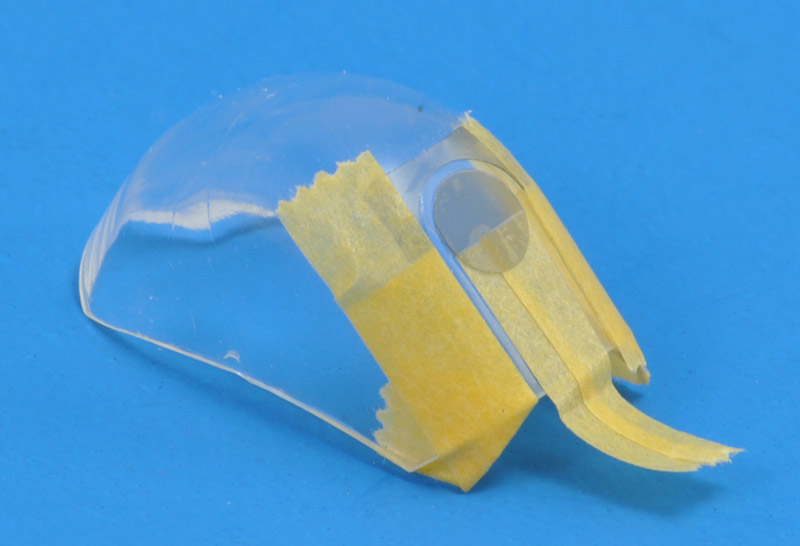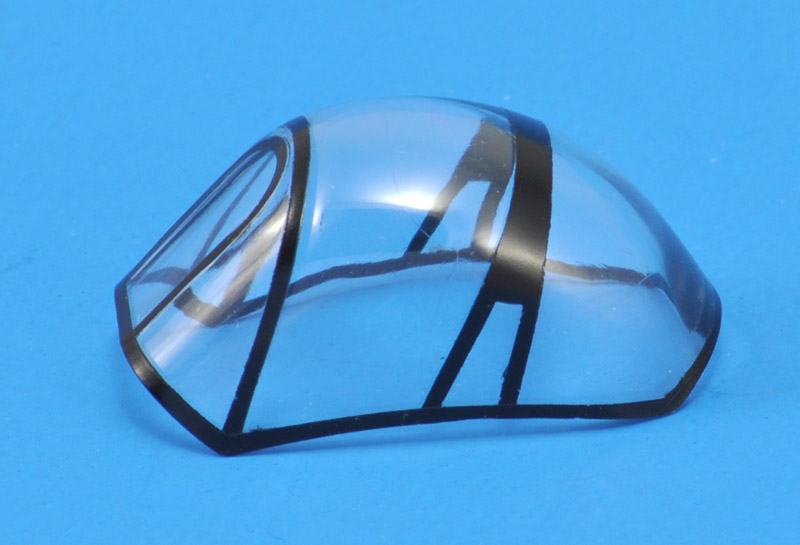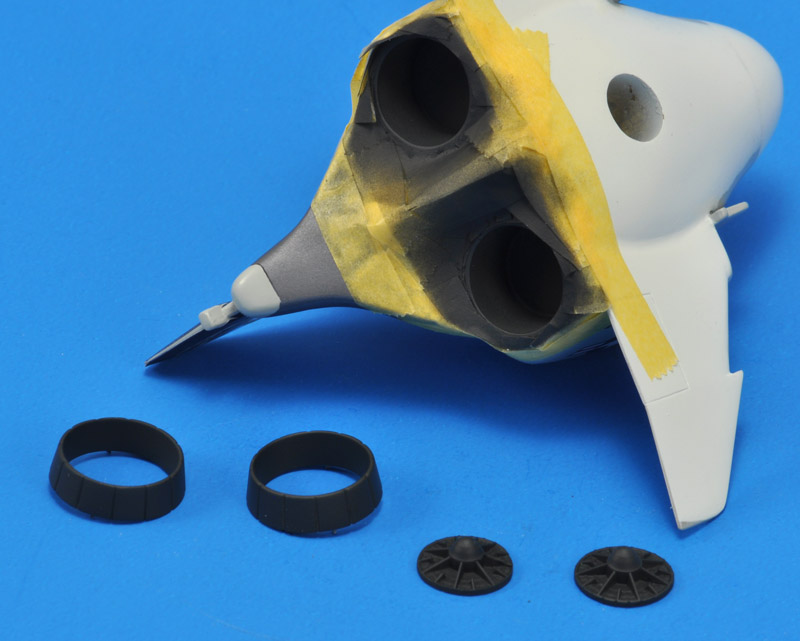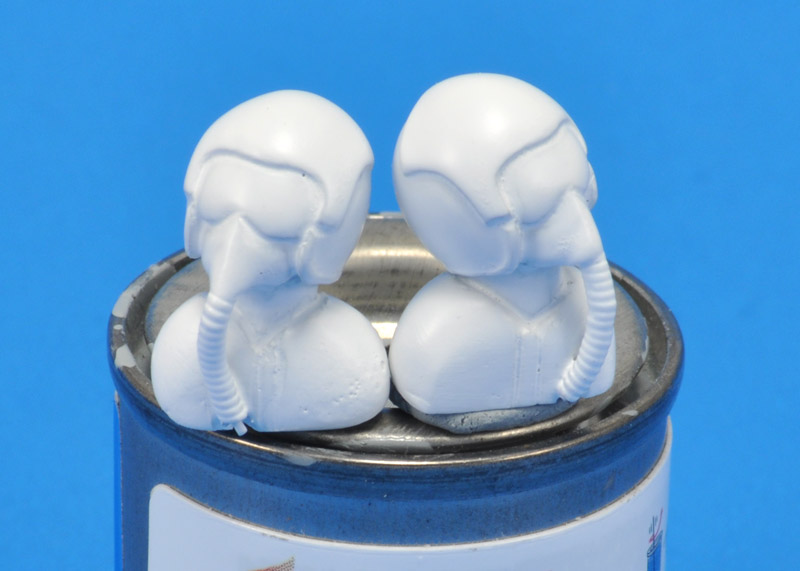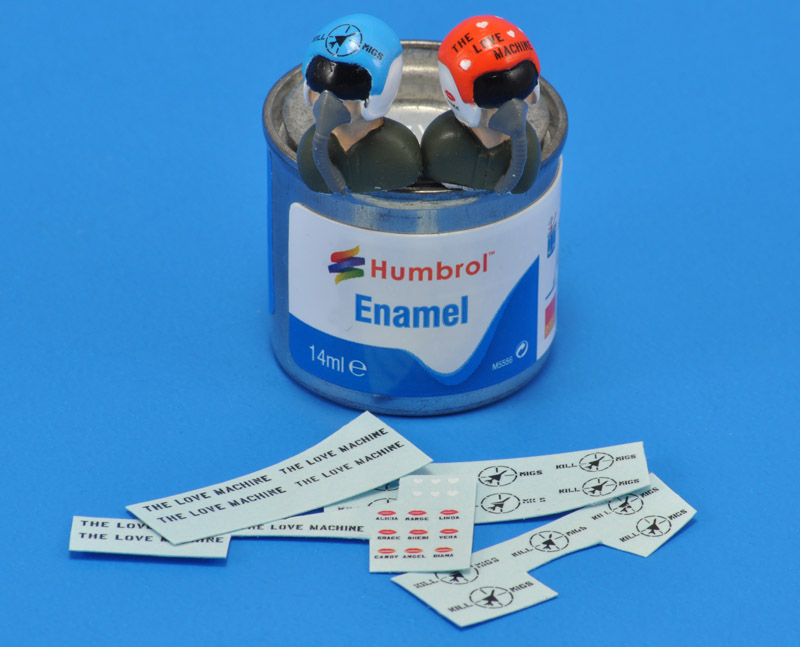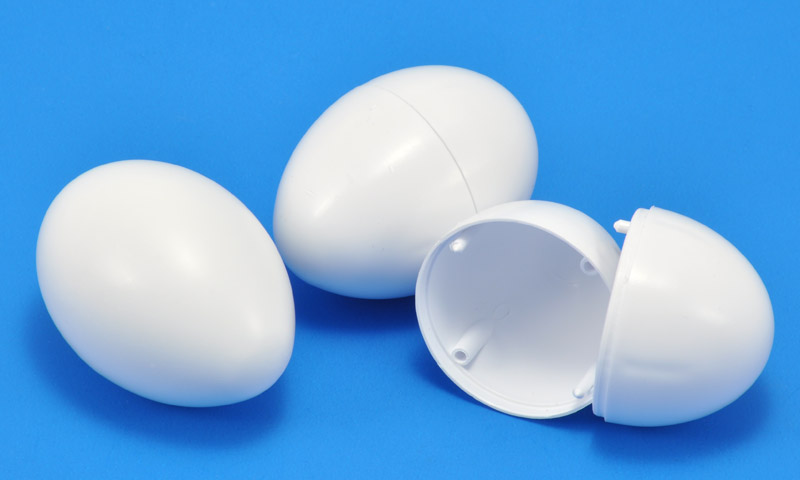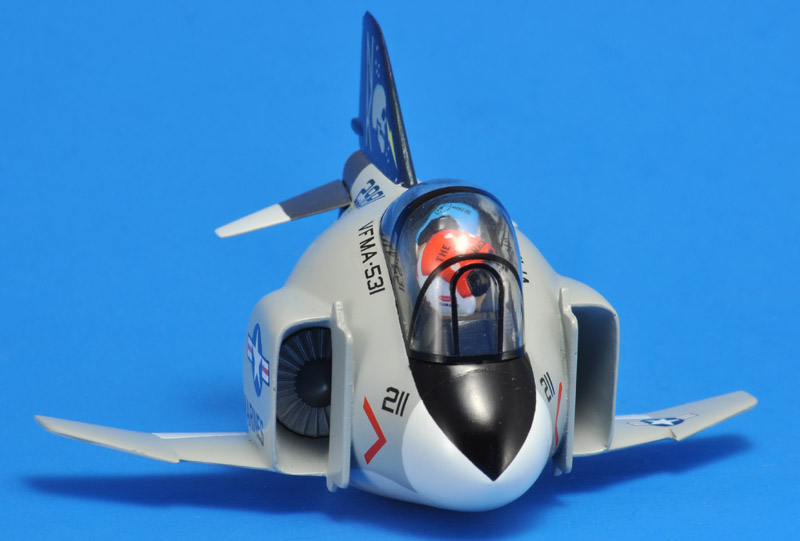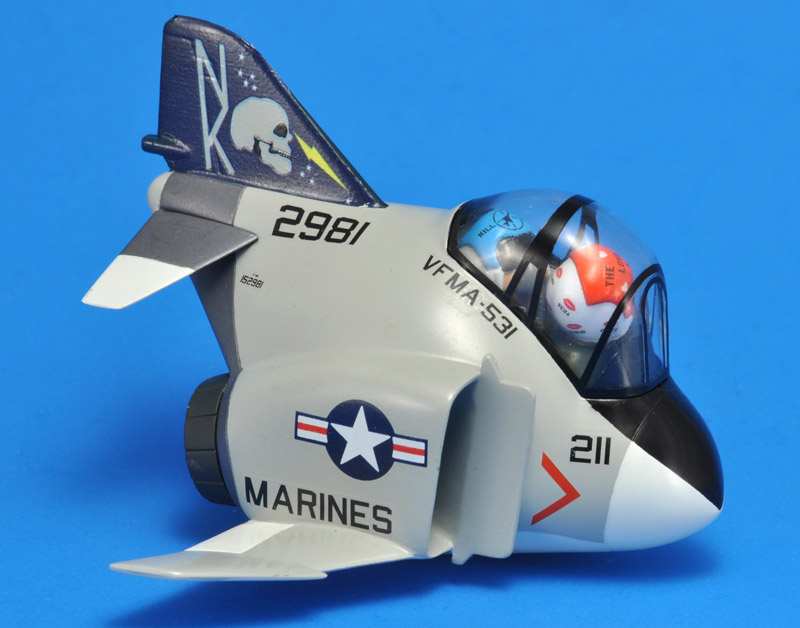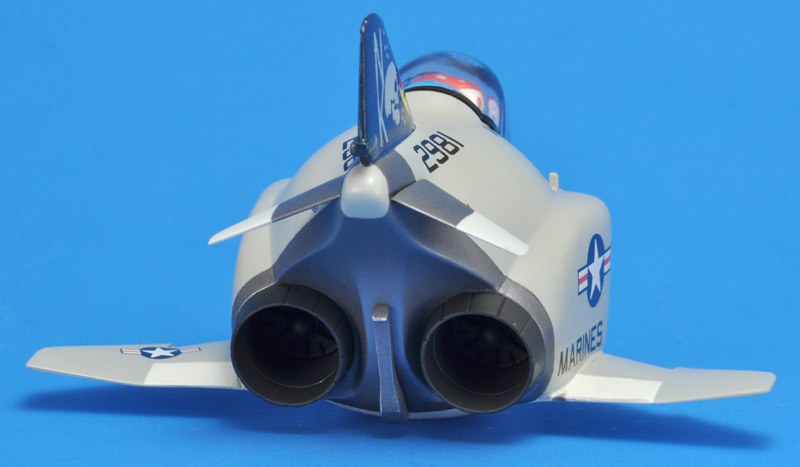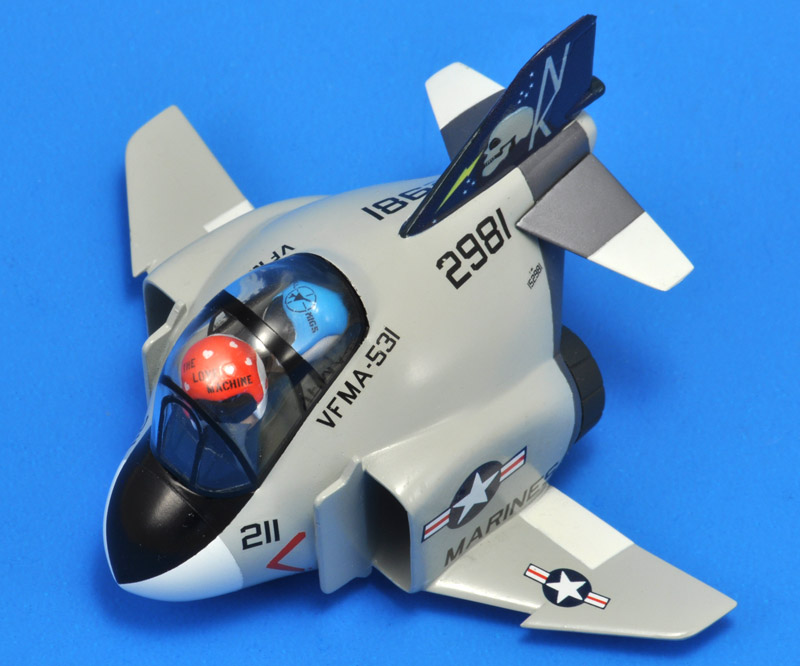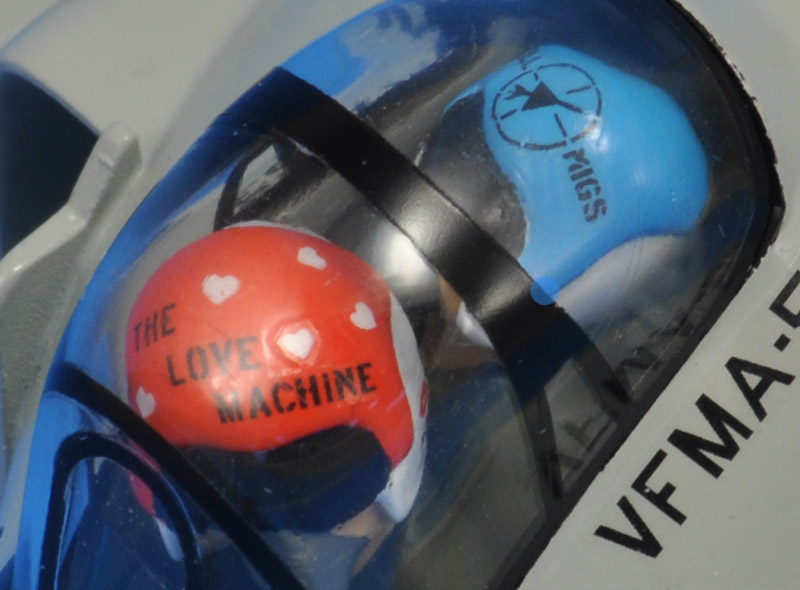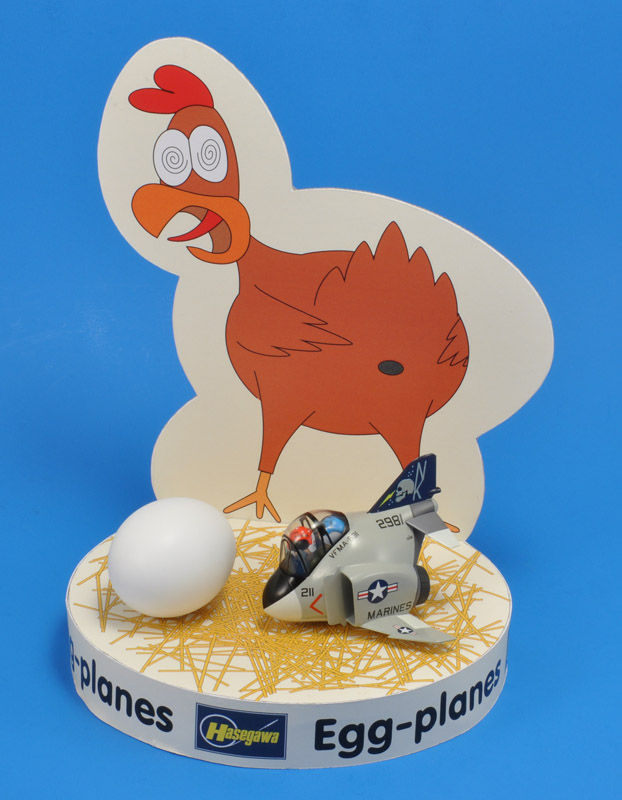Eggstreme Machines by Miltiades Polykrates
Egg Plane Fun Build report on ARC by Leslie Choy
Eggplanes by Onami see 'Others' at the end of the page (via Wayback Machine, only few pictures were captured)
Jeff Dedrick custom eggplanes
'Warped' contest on Modeling Madness
Hank Caruso's Aerocatures if you need inspiration for a scratch-built eggplane
Caricature aircraft pictures for more inspiration to scratch-build an eggplane
Air-Toon models by Lou Vautour, who reported that Pat Cherry's Blackheart Art was his inspiration
Hasegawa Egg Planes with dozens of great models
B-1A and YRF-4 Eggplanes by Tony Landis posted on the ARC forum
Twenty-four eggplanes (including some custom-built ones) by Els posted on the ARC forum
Six Blackbirds by Tony Landis posted on the ARC forum
C-5, Space Shuttle, Phantom Ray and X-1 models by Tony Landis posted on the ARC forum
Retrokit produces various nice resin detail sets for eggplanes, 66 so far
Crusader eggplane by George 'Chorse6' posted on ARC
Diva Shari's eggplane build on the Sonoran Desert Model Builder site
I-16 Egg-Plane, ANT-25 Egg-Plane, XF-85 Goblin Egg-Plane and Antonov An-2 Egg-Plane
were all scratchbuilt by Vlad Korolev using real egg shells!
Egg Tram, Hkp 4E(gg) and U.S.S. Eggerprise were scratchbuilt by Björn Bäcklund
F-4E Phantom by Sall M Y posted on Youtube. It has engraved panel lines
Blue Angels Phantom and Hornet by Sjaak van der Meij on the IPMS-NL forum
YF-16 CCV and XV-6 Kestrel models by Tony Landis posted on the Hyperscale forum
Abandoned Egg MiG-15 by Jamie Haggo posted on the Hyperscale forum
Eggie Lightning F.6, A-4SU Super Skyhawk Eggplane and Eggie Buccaneer by Jeremy Neo op the Hyperscale forum
Various paper eggplanes by Li Choo posted on the Hyperscale forum
F-84F eggplane by ErikZTM posted on the ARC forum
TwoBobs will issue two decal sheets for Egg-16s: EP-001 F-16 'Aggressive Eggs' and EP-002 'F-16 Falcon Eggs'.
Good-egg blimp by Tory Maruco posted on the Hyperscale forum
Shuttle Eggs by Tony Landis posted on the Hyperscale forum
F-4G eggplane by Greg Smith posted on the Hyperscale forum
Hasegawa Egg-shaped Phantom FGR2 work in progress by Jeremy Neo posted on the Hyperscale forum
EA-6B eggplane by ErikZTM posted on the OpSchaal forum (2 pages, finished model on page 2)
modified F-4J Phantom by Ryuji posted on the Hobby Fanatics forum, with deeper exhausts, engraved panel lines, a new pilot and a multibarrel gun
Tamago eggplane decals
